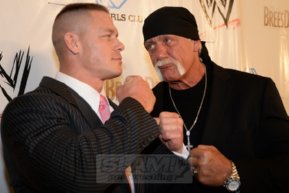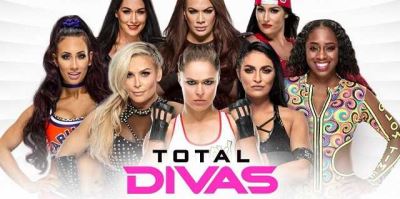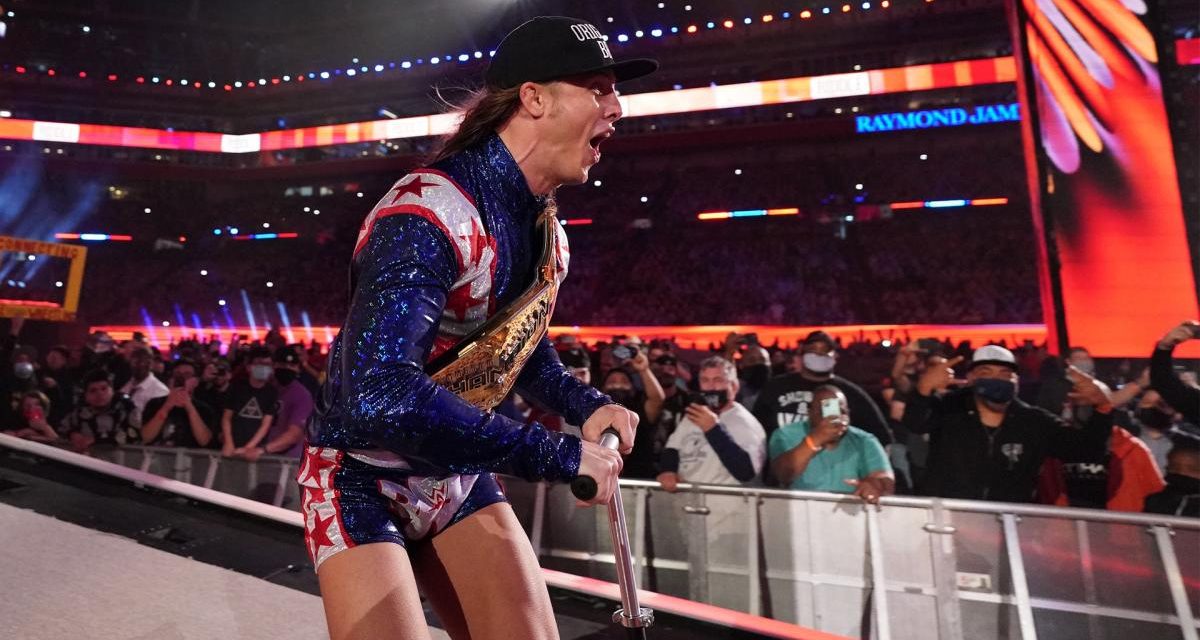THIS SHOW SUCKS (AND THAT’S NOT NECESSARILY A BAD THING)
On Saturday, January 30, World Wrestling Entertainment (WWE) presented its latest Live Premium Event (pay per view to pre-Peacock fans), the Royal Rumble.
As usual, storylines set during the event were followed by Monday’s Raw broadcast and remaining threads will likely be advanced on this Friday’s Smackdown… and as increasingly usual, fans have been quick to voice their discontent. Faced with nearly nine hours of wrestling, some have taken to the internet to complain about how the shows are booked, how talent is positioned and the balance of actual wrestling to skits and interviews and general foolishness. To an extent, they have a point. It’s a lot of time to fill. And a roster that once burst at the seams has been trimmed considerably… and even then, the same faces predominate the programs. An awful lot of talented folks just aren’t used, or a placed in positions that belie their talent. At least, from my perspective.
But perspective is key.
I may not love what I see on WWE TV these days, but at least some criticism needs to be tempered by knowing my place in WWE and broader wrestling fandom. Let’s fact it, I and fans like me are no longer the sole or target audience. And with the amount of content on offer, it’s not reasonable to expect that we would be.
An awful lot of the criticism directed at WWE comes from people like me, lifelong fans of pro wrestling who fancy themselves as knowledgeable. And to some extent we are — although we aren’t privy to what goes on behind the scenes, no matter how dead kayfabe may be. We grew up with the superheroic presentation of Hulk Hogan (or Bob Backlund or Bruno Sammartino), fell off the WWE wagon as our younger siblings caught on, and came back to it with the racier storylines of the Attitude Era.
But most of us have aged out of the coveted 18-35 demographic. If we’re lucky, our children have begun watching and enjoying what they see; hooking the next generation of fans. Aspects of WWE’s presentation that leave me cold (the incessant graphics, silly skits and goofy characters) are broad enough to appeal to my seven year old, who saw John Cena the way I saw Hulk Hogan (and hopefully less problematically in the future). When Riddle kicks off his flip flops to a torrent of computer animated birds, he laughs. And if that gets him watching, that’s a win for me as a fan and for the company,

John Cena and Hulk Hogan. SlamWrestling file photo
The lack of realism that bothers some adult fans is a good thing for kids who are growing up on Marvel superhero movies. And as a parent, it makes the “don’t try this at home”… “this is only a TV show”… “they aren’t really hurting each other” part of my job at building media awareness easier (admittedly, when my son asked “why did they bleep the word after Brock Lesnar said “chicken”? I answered “it was ‘salad’” but that’s a story for another day).
I think similar logic applies to other choices made by WWE. The increase in TV time devoted to women is a great thing; it opens a new market and respects their athleticism in a way that Total Divas never could. For that matter, Total Divas also brought more eyes to the product; staged as it was, it gave depth to a roster that had a near uniform look. While it’s frustrating that WWE still sees hair color as the most effective way to differentiate between women wrestlers, we now see more fully realized characters. This is an untapped and evergreen audience and reflects what’s going on in other forms of entertainment where women and girls demand to see themselves represented on screen.

And representation is important. WWE started as a regional promotion and succeeded playing to the diversity of the Eastern Seaboard. It’s no coincidence that Antonino Rocca, Bruno Sammartino and Pedro Morales headlined cards for decades. They played to minority communities and working class immigrant populations, and drew successfully until Vince McMahon decided to expand nationally. The shift away from diversity reflected the need to appeal to ‘everyone’ even if it meant appealing to no one group in particular. Still, for every ‘All American’ character on top, you had talent like the Junkyard Dog or Tito Santana, with their own built-in fanbases (and more than enough charisma to appeal broadly in their own right). The rise of performers like Kofi Kingston or Big E or Bobby Lashley to the top spot speaks to a better understanding of what it means to be ‘All American’, and again lets new fans see themselves in a broader spectrum of performers. Hate directed at a more diverse roster is shameful.
Like I said at the top, WWE has hours of content to fill, and has come up with a variety of ways to do it, many of which are aimed at getting a greater number and variety of eyes on the product. I don’t have to love everything they put in front of me… and if I really don’t love it, I have no shortage of other programs to watch. AEW has put together a leaner, more wrestling-focused product that incorporates a lot of what I loved about the Attitude Era, with its own spin on better gender equity and representation, but sometimes we have to realize that we’re not the target audience, and it’s better to welcome new fans with different perspectives than to let the sport(s entertainment) we love wither and die.
RELATED LINK
TOP PHOTO: Matt Riddle appeals to Jonathan Schwartz’s seven-year-old son. WWE photo

